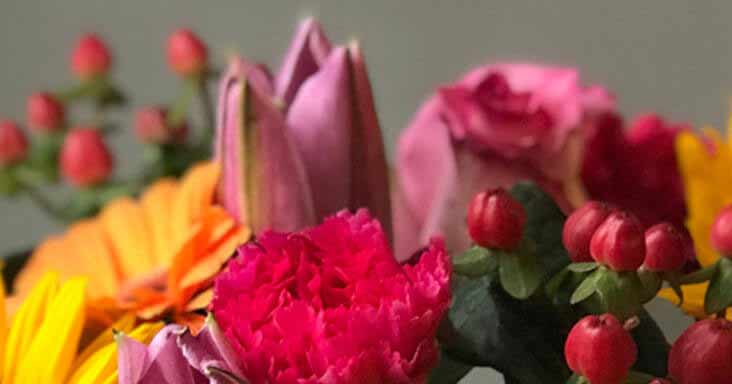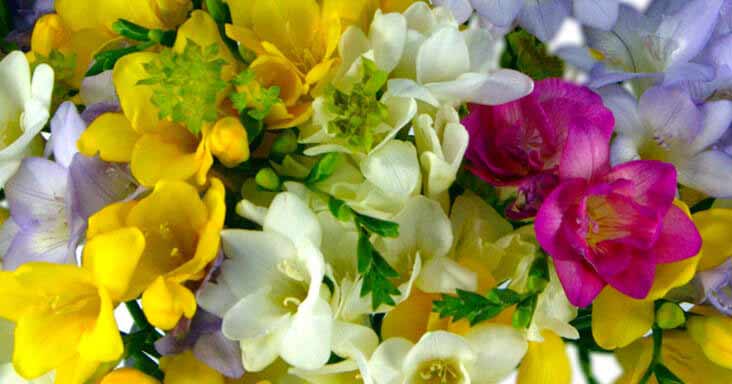Every so often we like to focus and spend more time studying an individual flower that we use on a regular basis within our constantly changing catalogue of bouquets. This week we would like to look more closely at Freesia.
A few interesting facts on Freesia:
The actual flower was named after a Dr Friedrich Heinrich Theodor Freese, a German
Physician.
According to the F&PA, freesia is among the most popular and widely grown cut flowers in the world, with over 110 million stems sold in the UK each year.
In a survey carried out by The Flowers & Plants Association over half the respondents rated them as one of their favourite flowers.
Freesia is available all year round but the peak season is spring.
Freesia originated in South Africa and were first imported to Europe at the end of the 19th century.
Freesia comes in a variety of colours including yellow, red, pink and white.
Freesia belong to the Iridaceae family, including iris
When buying freesia look for at least one flower open on the stem, make sure they have plenty of
water and never let the stem ends dry out. Make time to pinch out the top most buds and remove the old flower heads to encourage new ones to open.
Endeavour to keep away from fruit, vegetables, and excess heat, as they are very sensitive to the ethylene gas produced.
With regards to scent unlike most other flowers, where the white forms smell most
strongly, if you want highly scented freesia always go for the pink or red varieties.
Finally, freesia represents innocence and makes the perfect and appropriate gift for the proud parents of a newborn child.
One of my favourite varieties is "Ballerina" which always reminds me of a string of elegant dancers, don't ask me why!



